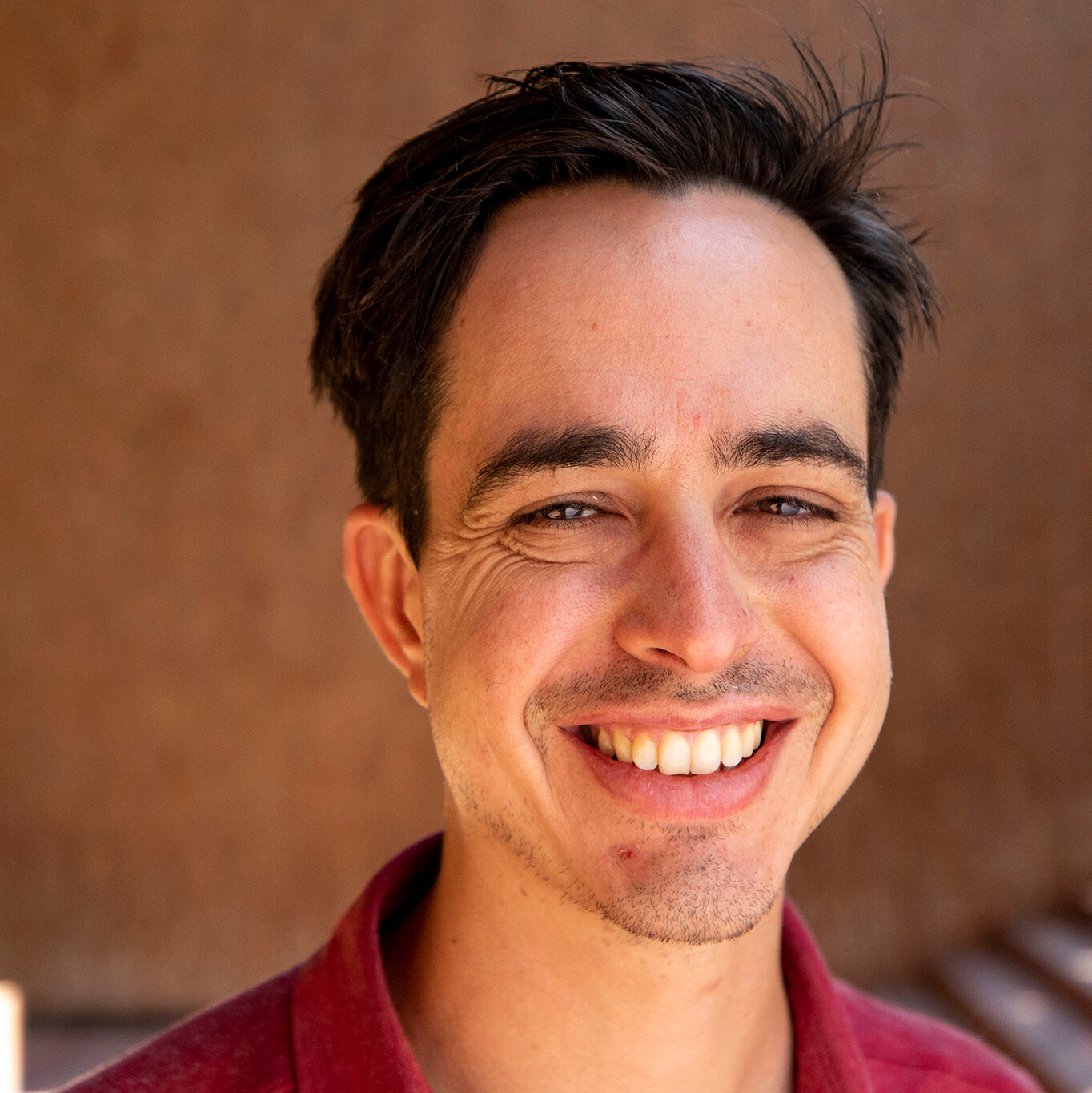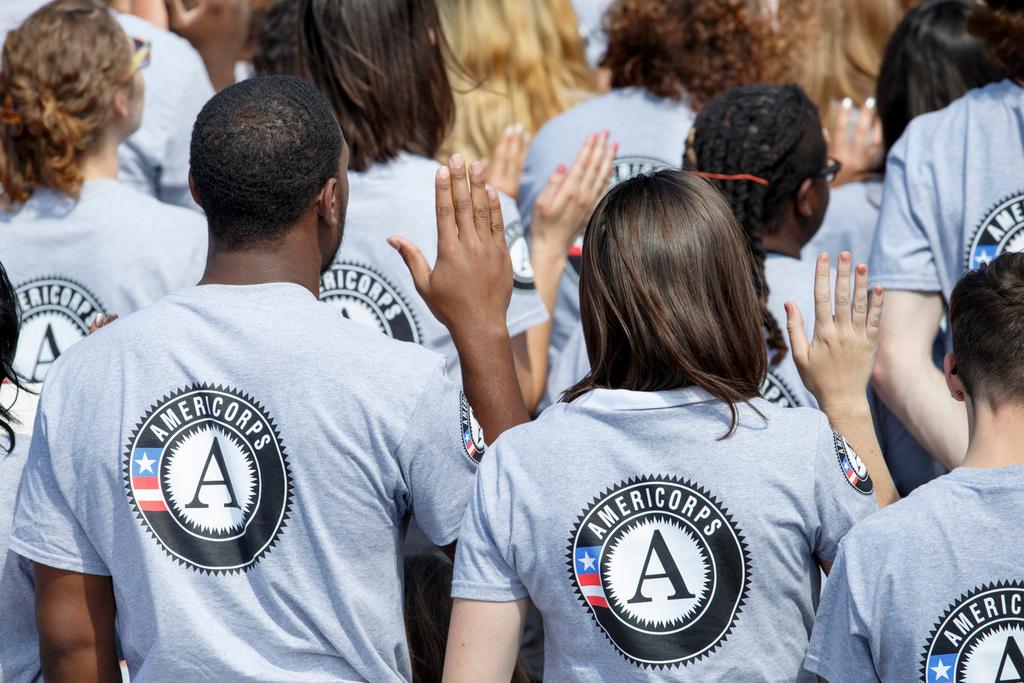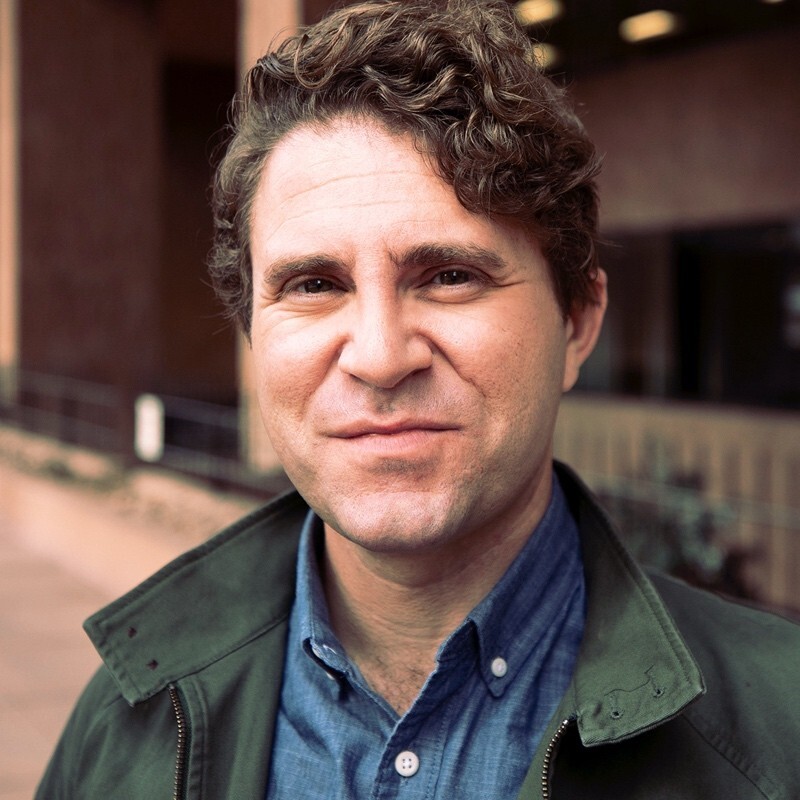
When a wildfire breaks out in Colorado, air support is one of the most critical pieces of the puzzle. But, in order for flight crews and firefighters to successfully work together, they must first go through specialized training.
For the last decade, the Colorado Fire and Aviation Summit has gathered dozens of federal, state, and local agencies to improve the way they respond and work together during a wildfire. The event also provides an opportunity for certifications that allow crews to operate across jurisdictions.
"Wildfires know no boundaries," Colorado Division of Fire Prevention and Control director Mike Morgan said. “They easily cross between federal, tribal, state, and private lands, making coordination between wildland fire management agencies essential."

The 2025 Colorado Fire and Aviation Summit took place April 16-17. It featured the Colorado Division of Fire Prevention and Control, the Colorado National Guard and crews from Boulder Fire-Rescue, the City of Longmont, the Longmont Fire Department, the USDA Forest Service, and the Bureau of Land Management.
The event included everything the agencies might come across in a real wildland fire scenario – apart from actual flames.
“This training is tough and realistic, which enables us to safely execute aerial firefighting in the dynamic environments found in Colorado,” Colorado Army National Guard Director of Aviation and Safety Lieutenant Colonel Scott Tucker said. “The training also translates into our combat missions by enhancing our aviation skills.”
“Air support does not put the fire out. It just doesn’t. What we do is provide that delay, slowing that fire down until the people, the engines, the hotshot crews, the hand crews, the local crews—can actually get in there, which can take hours in these remote areas,” said U.S. Forest Service Regional Helicopter Operations Specialist Nate Alexander. The delay is provided by dumping thousands of gallons of water on a fire from above. Something that takes a lot of skill and collaboration.

Crews practice wildfire scenarios in Rocky Mountain National Park
Operations began at Vance Brand Municipal Airport in Longmont, where National Guard pilots flew Black Hawk, Chinook and Lakota helicopters into Rocky Mountain National Park.
CPR News tagged along with an aerial firefighting crew Thursday, which included two pilots and two crew chiefs from the National Guard on a Black Hawk helicopter.

Once we landed at RMNP and deborded with other members of the media near Ralph Price Reservoir, the crew affixed a giant orange water container, known as a Bambi Bucket, to their helicopter with a special hook. Then, they took off toward their assigned simulated fire, just like they would in a real-world scenario.


The buckets used in the Colorado Fire and Aviation Summit can carry up to 600 gallons of water at a time. That water is then dropped strategically on burning targets like large trees or along a fire break created by crews to slow flames down and give crews a chance to protect homes, crops, radio towers, and other valuable assets.
“The pilots are the ones controlling the aircraft and the crew chiefs are the ones speaking with the people on the ground, seeing what they need and releasing the water,” said Colorado National Guard Sgt. Hunter Abbott. “It’s a very technical thing. The situation’s always changing, the wind’s always changing. It’s some physics but mostly math… making sure we can pick up the water, making sure we can drop the water, making sure we have enough power to maneuver – especially at high altitudes.”


While the helicopter crew is worrying about logistics in the air, people like Cass Weidemueller with Montrose Helitack are helping direct them to their targets via radio communications. For the purpose of the Fire and Aviation Summit, he was also training crews on the ground how to work safely and efficiently with air support.
“Whoever's directing the aircraft is making sure that the [fire] line is clear and it’s safe before the drop is operated,” Weidemueller said. With so many agencies working together in close quarters, this step is critical.

“The force of the water can be deadly for someone on the ground,” Weidemueller said.
Firefighting operations for real situations like the ones practiced at the Fire and Aviation Summit can feature hundreds of people at a time.
These complex missions include ground crews managing air traffic control, weather expectations, media and public relations and those ensuring fire engines and hand crews are executing operations efficiently.
“We don't want to see the state on fire,” said Colorado National Guard 1st Lt. Eric Shelton. “It's something that nobody here, none of the residents, want. But if it does happen, we want to make sure that we're here, we're ready to go.”


Crewmembers say the training last week provided invaluable experience, especially as the state prepares for La Niña conditions, which could mean spring is drier than usual and fuels are more easily ignited ahead of monsoon season.
“You can cross your fingers, but hope's not a strategy, right? So we [have] to prepare for the worst,” said Alexander.

Wildfire outlook for this Spring and Summer
According to the Rocky Mountain Area Coordination Center, the wildfire outlook is looking relatively standard for spring and summer, with some mildly concerning areas as regions recover from drought conditions last summer or experience warmer-than-usual temperatures influencing fuels.


For example, Las Animas and Baca counties both have more fuel growth than usual, putting Southeast Colorado at a higher fire risk through April. The rest of the Eastern Plains, however, have seen enough rain and snow this winter that experts are less concerned with risks there.
May will see typical large fire potential across the state, and June will see above normal fire potential in southwestern Colorado due to the continued drought and expected hot, dry weather before the monsoon develops.

By July, fire potential is expected to return to normal, but it will all be contingent on how much rain falls. Regardless of whether Mother Nature is on our side this year, local teams will be ready for fire season.
“We adapt and overcome. We're soldiers and firefighters and that's what we do,” said aviation specialist Sonya Straka with the Department of Public Safety.
Most modern wildfires are human-caused. Officials remind you to check for burn bans and other fire restrictions as you prepare for the summer camping season, and to ensure you’re taking wildfire hardening measures at your home.

Funding for public media is at stake. Stand up and support what you value today.








